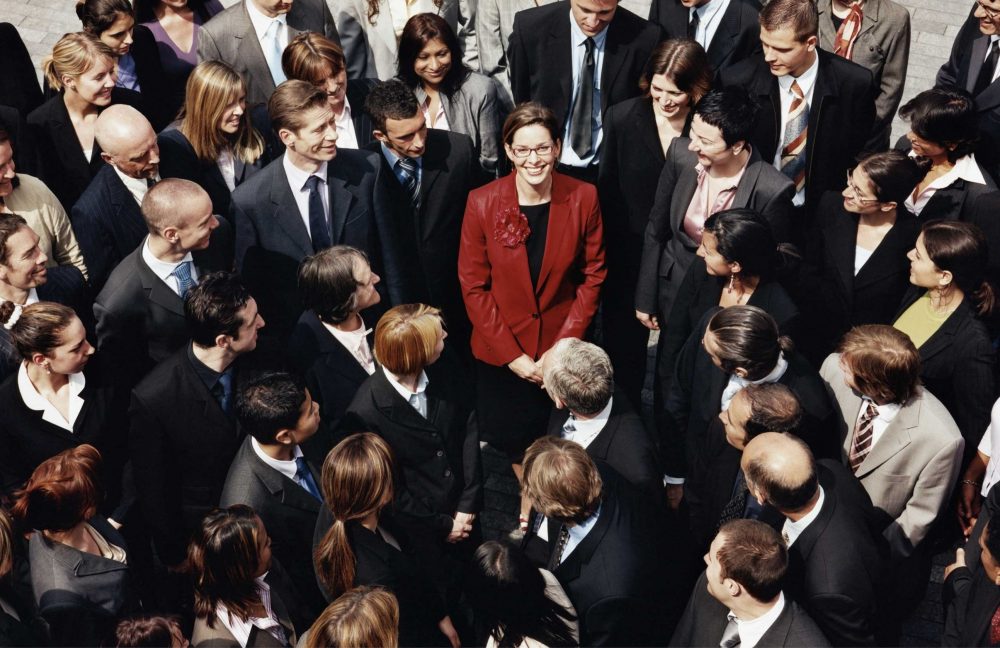[et_pb_section transparent_background=”off” allow_player_pause=”off” inner_shadow=”off” parallax=”off” parallax_method=”on” padding_mobile=”off” make_fullwidth=”off” use_custom_width=”off” width_unit=”off” custom_width_px=”1080px” custom_width_percent=”80%” make_equal=”off” use_custom_gutter=”off” fullwidth=”off” specialty=”off” admin_label=”section” disabled=”off”][et_pb_row make_fullwidth=”off” use_custom_width=”off” width_unit=”off” custom_width_px=”1080px” custom_width_percent=”80%” use_custom_gutter=”off” gutter_width=”3″ padding_mobile=”off” allow_player_pause=”off” parallax=”off” parallax_method=”on” make_equal=”off” column_padding_mobile=”on” parallax_1=”off” parallax_method_1=”on” parallax_2=”off” parallax_method_2=”on” parallax_3=”off” parallax_method_3=”on” parallax_4=”off” parallax_method_4=”on” admin_label=”row” disabled=”off”][et_pb_column type=”4_4″ disabled=”off” parallax=”off” parallax_method=”on” column_padding_mobile=”on”][et_pb_text background_layout=”light” text_orientation=”left” admin_label=”Text” use_border_color=”off” border_style=”solid” disabled=”off”]
Legendary CEO Steve Jobs believed in “Managing by Wandering Around” (aka Management by Walking Around or MBWA). In his early days at Apple, Jobs engaged in MBWA as a way to connect with followers and determine which innovations needed more resources and what barriers stood in the way of success. As simple as it sounds, MBWA is a powerful concept that has a broad, positive impact on followers’ motivation.
Motivation is defined as the set of forces that originate both inside (intrinsic) and outside (extrinsic) an individual that initiate and sustain positive goal setting and accomplish behaviors that are intense and sustained. When it comes to motivation, some leaders believe in the Golden Rule – “Do unto others as you want done unto you.” This rule can fail when it comes to providing sustained intrinsic and extrinsic motivation because what a leader finds to be motivational may not motivate others.
The Rule of Respect (RoR) — “Do unto others as they want done unto them” makes more sense when it comes to motivation. This may seem like an odd concept at first because the RoR is initially passive and leaders want to actively motivate followers from the start. However, the RoR requires leaders to listen to their followers and discover what motives them, rather than applying their own motivators. The RoR is difficult for some leaders to execute because it requires them to get out of their office, wander around, and listen to their followers–before taking action.
For over four decades, research has been conducted that supports praise and recognition as the greatest employee motivator, significantly surpassing wages and benefits. Research by Gallup concluded that employees who receive regular praise, when compared with employees who do not, ‘…are more efficient, involved, and more likely to stay employed with their company.’ Additionally, Gallup also found that ‘…employees who are praised tend to have higher loyalty and satisfaction scores from customers, and even enjoy better health, than employees who are not.’
The preceding motivational concepts apply to many generations of workers from Baby Boomers to Generation X. But what about Millennials? According to a Pew Research Center analysis of US Census Bureau data, millennials have surpassed Gen X to become the largest share of the American workforce. More than one-in-three American workers today are millennials who have special motivational needs that relate to MBWA and the RoR. A June 2, 2016 study by Gallup found that when it comes to millennials, they
- require more feedback than other generations,
- desire regular meetings to remain engaged, and
- desire managers who connect with them on a daily basis.
The problem is, leaders aren’t providing the feedback that millennials want, according to Gallup’s May 2016 report, How Millennials Want to Work and Live. Only 19% of millennials say they receive routine feedback.
In another Gallup study dated June 1, 2016, Paycheck or Purpose: What Drives Millennials? it was stated that engaged millennials are less likely to leave employment over money. Does this sound like a RoR-based motivational program coupled with empowerment? It sure does!
Such a program focuses leaders on the kinds of motivators that intensify employee efforts and praise and recognition that are meaningful and appreciated. For example, some followers are motivated by a personal thank you, a pat on the back, or a handshake to acknowledge a job well done. Others find learning and growth opportunities for career advancement to be intrinsically motivating. Still others find a gift certificate or other tangible rewards (extrinsic) to be motivating. This much we know as leaders–when you combine both intrinsic and extrinsic motivators and offer them simultaneously to followers, this is when the motivators become intensely appealing and sustainable.
The late total quality management guru Dr. W. Edwards Deming told leaders,“If you wait for people to come to you, you’ll only get small problems. You must go and find them.” Deming’s message resonates, as it relates directly to the concept of MBWA, RoR, and motivating millennials.
One of the most powerful ways for leaders to motivate followers, regardless of their generation, is to listen to their needs and find ways to take down barriers that stand in the way of success. Do this while simultaneously providing resources and empowering followers to act, and you will have a powerfully intense recipe for motivating followers. Oh, don’t forget the sustainable icing on the cake – praise and recognition!
[/et_pb_text][/et_pb_column][/et_pb_row][/et_pb_section]


